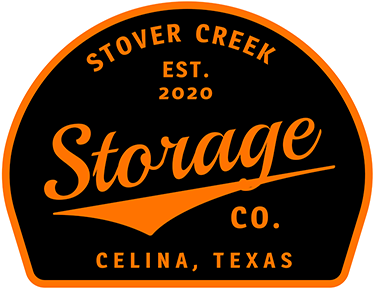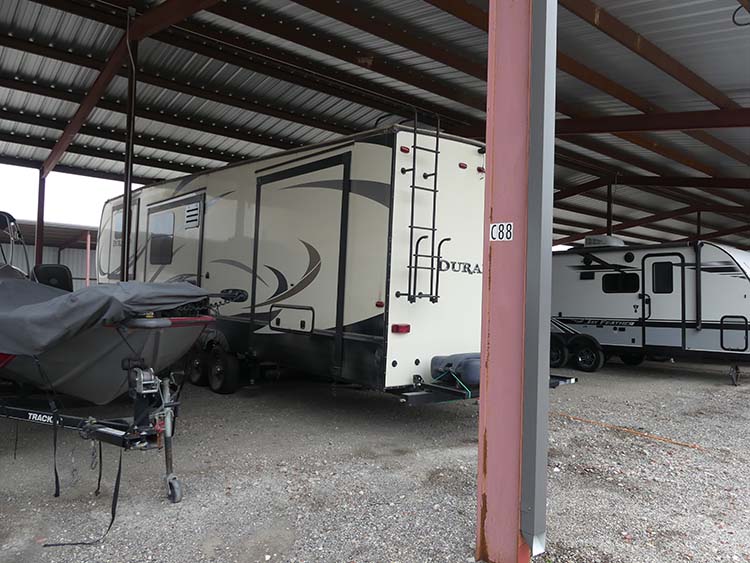Boat and RV Storage – Indoor or Outdoor?
Deciding how to store your prized boat or RV can feel overwhelming, but with the right information, you can make a choice that suits your needs perfectly. Whether you’re considering the protection of indoor storage or the convenience of outdoor storage, each option comes with its own set of benefits and drawbacks. Indoor storage offers unparalleled protection from the elements, ensuring your vehicle stays in top condition, while outdoor storage provides easy access and often comes at a more budget-friendly price. In this friendly guide, we’ll explore these storage decisions, helping you weigh factors like cost, accessibility, and security to find the best boat and RV storage solution for your lifestyle. By the end, you’ll feel confident about making an informed choice that keeps your investment safe and sound.
Comparing Storage Options
When it comes to boat and RV storage, the choice between indoor and outdoor options can significantly impact the longevity and condition of your vehicle. Let’s explore the benefits of indoor storage and the potential drawbacks of outdoor storage to help you make an informed decision.
Benefits of Indoor Storage
Indoor storage offers unparalleled protection for your boat or RV, shielding it from harsh weather conditions and potential damage. This option provides a controlled environment that can significantly extend the lifespan of your vehicle.
One of the primary advantages is protection from UV rays. Prolonged sun exposure can fade paint, crack dashboards, and degrade rubber seals. Indoor storage eliminates this risk, keeping your vehicle looking newer for longer. For more on UV protection, see this insightful article.
Temperature control is another crucial benefit. Extreme heat or cold can damage various components of your boat or RV. Indoor facilities often maintain a stable temperature, preventing issues like battery degradation or fluid expansion and contraction.
Lastly, indoor storage offers superior security. Your vehicle is less accessible to potential thieves or vandals, giving you peace of mind when you’re not using it. For tips on securing your vehicle, visit Crime Prevention Tips.
Drawbacks of Outdoor Storage
While outdoor storage is often more affordable and accessible, it comes with several potential drawbacks that boat and RV owners should consider carefully.
Exposure to the elements is the most significant concern. Rain, snow, hail, and intense sunlight can all cause damage over time. This exposure can lead to rust, faded paint, cracked seals, and deteriorated fabrics. Read more about weather impacts from National Weather Service.
Pests and wildlife pose another risk in outdoor storage. Rodents might nest in your vehicle, causing damage to wiring and upholstery. Birds can leave droppings that mar the exterior finish. For pest control tips, check out PestWorld.
Outdoor storage also offers less security. Your boat or RV is more visible and accessible to potential thieves or vandals, increasing the risk of break-ins or damage.
Lastly, outdoor storage may require more frequent maintenance. You’ll need to clean your vehicle more often and may need to winterize it more thoroughly to prevent weather-related damage. For winterization tips, visit Boating Magazine.
Factors Influencing Storage Decisions
When choosing between indoor and outdoor storage for your boat or RV, several factors come into play. Two crucial considerations are the local climate and weather conditions, particularly in North Texas, and the accessibility and convenience of the storage option.
Climate and Weather Conditions in North Texas
North Texas experiences a diverse range of weather conditions that can significantly impact your boat or RV when stored outdoors. Understanding these patterns is crucial for making an informed storage decision.
Summers in North Texas are typically hot and humid, with temperatures often exceeding 100°F (38°C). This intense heat can cause damage to your vehicle’s exterior and interior components, including fading paint, cracking dashboards, and degrading rubber seals. For climate data, see Climate Data for North Texas.
Winters, while generally mild, can bring occasional freezing temperatures and even ice storms. These conditions can lead to frozen pipes in RVs or damage to boat engines if not properly winterized.
Spring and fall in North Texas often bring severe thunderstorms, hail, and occasionally tornadoes. These extreme weather events pose a significant risk to outdoor-stored vehicles, potentially causing dents, scratches, or more severe damage.
Accessibility and Convenience
The accessibility and convenience of your storage solution can greatly impact your overall experience and usage of your boat or RV. Consider these factors when making your decision.
Location proximity is a key factor. A storage facility close to your home or favorite recreation areas can save time and fuel costs when retrieving your vehicle. It may also encourage more frequent use.
24/7 access is another important consideration. Some facilities, like Stover Creek Storage in Celina, TX, offer round-the-clock access, allowing you to retrieve your vehicle at any time that suits your schedule.
Ease of maneuverability within the storage facility is crucial, especially for larger RVs or boats. Look for facilities with wide driveways and ample turning space. Some, like Stover Creek, offer pull-through spaces up to 60 feet long for added convenience.
Additional amenities can greatly enhance convenience. For instance, on-site dump stations, water access, and propane fill-ups can save you time and hassle before and after trips.
Cost Considerations for Boat and RV Storage
When deciding between indoor and outdoor storage for your boat or RV, cost is often a significant factor. While indoor storage typically offers more protection, it usually comes at a higher price point. Let’s explore the affordability of indoor storage and the cost benefits of outdoor options.
Indoor Storage Affordability
Indoor storage, while generally more expensive than outdoor options, can offer long-term cost benefits that may offset the higher initial price. Consider these factors when evaluating the affordability of indoor storage.
Protection from weather-related damage can lead to significant savings over time. Indoor storage reduces the need for frequent repairs and maintenance caused by sun damage, rust, or other weather-related issues.
Reduced depreciation is another financial benefit. Vehicles stored indoors tend to maintain their value better, which can be particularly important if you plan to sell your boat or RV in the future. For more on vehicle depreciation, check Kelley Blue Book.
Insurance costs may be lower for indoor-stored vehicles due to the reduced risk of damage or theft. Some insurance companies offer discounts for boats and RVs stored in secure, indoor facilities.
While monthly rates for indoor storage are higher, many facilities offer discounts for long-term contracts. For example, at Stover Creek Storage, you might find competitive rates for their enclosed boat storage options, starting at $230 for a 12′ x 30′ x 14′ unit.
Outdoor Storage Cost Benefits
Outdoor storage often presents a more budget-friendly option for boat and RV owners, with several cost benefits to consider. Let’s explore why this might be a financially attractive choice for some.
Lower monthly rates are the most obvious benefit. Outdoor storage spaces typically cost less than indoor options. For instance, at Stover Creek Storage, outdoor parking for a 12.5′ x 30′ space starts at just $85 per month.
Flexible sizing options can lead to cost savings. With outdoor storage, you often have more choices in space size, allowing you to pay only for the space you need. This is particularly beneficial for smaller boats or RVs.
Reduced need for climate control systems in your vehicle can lead to long-term savings. When stored outdoors, you may not need to invest in or maintain expensive dehumidifiers or heating systems within your boat or RV.
However, it’s important to balance these cost savings against potential long-term expenses. While outdoor storage is cheaper upfront, it may lead to higher maintenance costs over time due to increased exposure to the elements.

